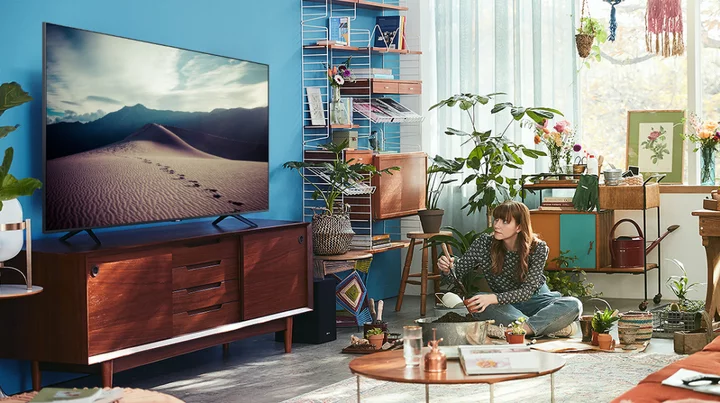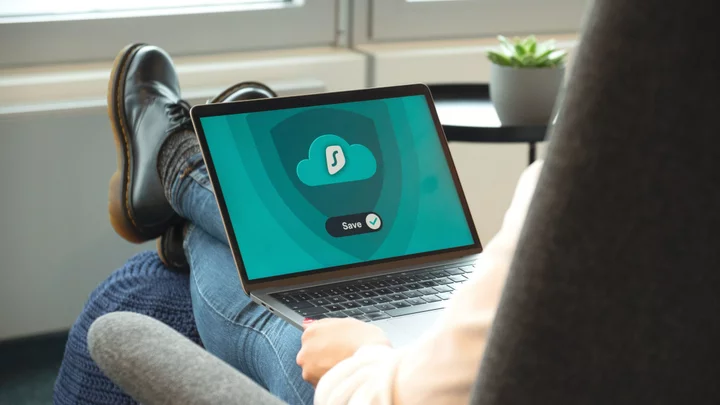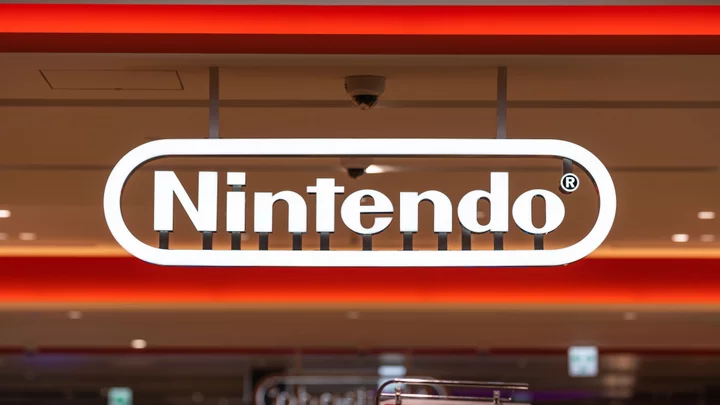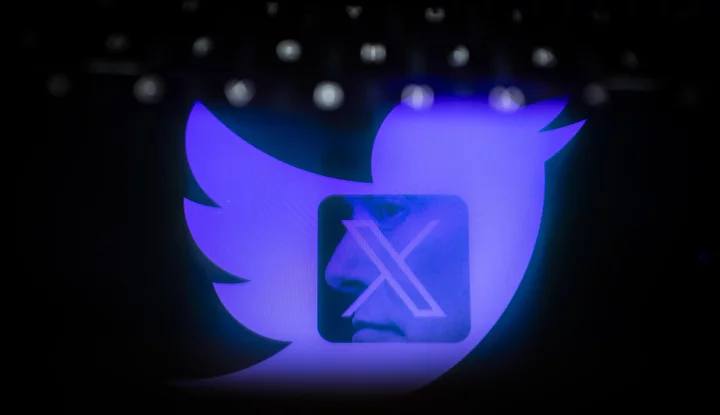When it comes to TVs these days, 65 inches isn't considered nearly as large as it used to be. Sure, 65 inches is plenty big—probably too big for small rooms and apartments—but with 75- and 85-inch models becoming increasingly common, anything smaller just doesn't quite say "big-screen TV."
It's also worth noting that super-big TVs are no longer super-expensive. There's no need to worry about prices reaching into five digits: Many of the extra-large TVs on the market are available for between $1,000 and $2,000. That's a pretty reasonable price for the amount of screen real estate you get.
Put these factors together, and it's no surprise that more people are buying super-big-screen TVs than ever before. We've rounded up the top-performing models we've tested here, along with what to look for when buying a 75-inch TV or larger.
Is a 75-Inch TV Too Big?
When you're shopping for a supersized TV, it's important to keep space in mind. Check the measurements of the TV and confirm that you can place it where you want in your home. If you're planning to put it on top of a piece of furniture like a console, make sure the surface is wide enough for the TV's feet, which may be set far apart for stability.
If you're planning to mount a 75- or 85-inch TV on a wall, check the weight and make sure you get the proper mount size—and that your wall can support it. Keep in mind that big TVs can easily weigh 100 pounds, so you need a strong mount and an extra hand to install it.
For more on this, see our guide on how to choose the right TV screen size.
Short-throw projector demonstration at CEDIA (Credit: Will Greenwald)Is It Worth Buying a 4K Projector Instead?
Rear-projection TVs might be dead, but projectors aren't. Projectors are still the most popular way to set up extra-large, 100-inch-plus screens. Their pictures aren't nearly as bright as LCD TVs, and they can't offer the same contrast as LCDs or OLEDs, but they are a lot more scalable. If you want to spend the cash, a good projector or array of projectors can make a picture as big as you want, from comfortably couch-sized to IMAX levels and beyond.
You can find 1080p projectors for a few hundred dollars, but you should expect to pay at least $1,000 to $3,000 for one that can produce 4K, and that's at the absolute lowest. Relatively small home theater projectors in this price range can produce over 300-inch pictures, but remember that the bigger the screen, the more the same amount of light (at least, if the lamp is maxed out) has to cover; this results in a dimmer picture. You can get brighter and bigger projectors as well, with prices easily hitting the tens of thousands of dollars, with the option to align multiple projectors together for really big screens or to get super bright.
Projectors are tricky, though. You need to place them properly, align the lens to cover the desired screen size and shape, and make sure there are no obstructions between the projector and the screen. You also likely need a good screen. Because projectors aren't as bright as LED-backlit LCD TVs, you want every bit of light that hits the screen to bounce off correctly into your eyes. That's why screens are an important part of a projector-based home theater, with a variety of treatments available that can range from less than $100 to well over $1,000 (and far beyond, if you customize your installation with carefully hidden motorized storage and the most advanced screen materials).
If you want an all-in-one projection setup, the Hisense Laser TV series offers an easy 100-inch-plus option. These are front-projection systems that combine a short throw projector about the size of a small coffee table, with an included fixed-frame screen mounted on the wall just a few inches behind it. The most recent Laser TV, the L9G, starts at around $5,500.
How Much Does an LED Video Wall Cost?
Samsung microLED TV (Credit: Will Greenwald)This is where big screens get slightly confusing and extremely expensive. It's also where TVs get much, much bigger than 75 inches. Although LED TVs are just LCD TVs with LED backlights, LED video walls are a completely different technology. They use clusters of colored light-emitting diodes to form each pixel and light it up, like OLED. The good news about LED video walls is that they can get very large. The bad news is that they have to be really big, and that's a limiting factor if you want to fit a 4K picture in a certain space.
First, be aware that miniLED is not the same as LED video walls. The latter option uses those individual LEDs to form pixels. MiniLED arrays, which are becoming increasingly common on high-end LED TVs, simply consist of hundreds of white LEDs backlighting an LCD.
Digital signage commonly uses LED video walls. If you see a huge light-up sign that plays video on the side of a building, it's probably an LED array. If you get close to it, like within 10 feet, you can probably see the individual pixels from each relatively large LED cluster. They're great for stadiums but not for home theaters.
That's changing with miniaturized LEDs, like Samsung's microLED video wall and Sony's Crystal LED wall. These newer video walls have pixel pitches of 0.8 to 1.2mm, which means the pixels are small enough that you can sit comfortably back and not notice the individual lights. They're still huge pixels compared with LCD and OLED TVs (a 4K 80-inch TV has pixels less than 0.5mm across), but they're much smaller than the big commercial signs with lights as big as your fist.
These new video walls are also rare and wildly expensive. You won't find them on Amazon or at Best Buy. They're largely designed for commercial installations, which means being a business that needs and can afford to put up a massive video wall. They're supposedly available (or will eventually be available) for consumer use, but the consumers in these cases probably own mansions.
Where Is the Best Place to Buy a Big-Screen TV?
If you want a big LCD or OLED TV, the answer is pretty simple: Go to your local electronics retailer or shop online. Huge flat panels are available through many stores as well as via direct purchase from manufacturers. Want a 77-inch OLED? Hit up Amazon or Best Buy online, drop the cash, and wait for it to arrive.
Projectors are also readily available to consumers, to an extent. If you want to buy an entry-level or midrange home theater projector (plus a screen) and set it all up yourself, you can. If you're planning to spend tens of thousands of dollars to put together a first-class home theater, though, talk to an expert. Home theater installers, also known as custom installers, specialize in purchasing and setting up your projection system and speaker system, and may even work out the construction and electrical details for your dream home theater. High-end home theater equipment is usually only available through such installers, who also double as AV dealers; the top-end projectors aren't typically on store shelves.
As for LED video walls, that's trickier. You have to contact Samsung or Sony directly or find a contractor who can deliver and properly install LED arrays. Samsung recently launched one-piece consumer microLED TVs (though you won't find them at your typical Best Buy).
If all you want is a big TV, though, a flat panel is largely the way to go. To that end, you can't go wrong with any of the top models here. And no matter which TV you get, make sure to check out our guides on the best picture settings for your favorite movies, shows, and games.
TV Tips For New TV Buyers








